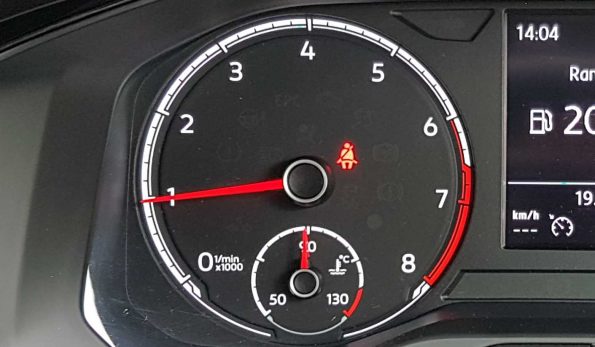Advanced drivers will choose to change gears more than novice drivers because changing gear is about being in the right gear for the needs of the driver.
Drivers of manual cars need to change gears all the time, whereas drivers of automatic cars can choose to change gear when it’s necessary. The process is fairly straightforward for everyday driving: when rev rise to 2500-3000rpm, change up a gear, and if they will drop below 1000-1500rpm change down a gear. If you need more acceleration then you wait when changing up a gear, but don’t allow the car to go past the red line. Don’t take any notice of people that say ‘when you reach 10km/h change up from 1st to second – this totally depends on the vehicle and the situation.

The only difference between a manual gearbox and an automatic gearbox is that you have no choice but to manually change gears with a manual gearbox otherwise you will exceed the rev limiter of the vehicle. Automatic gearboxes do this automatically. But, automatic gearboxes can’t anticipate changes to the road ahead and therefore it’s advantageous to be able to change gears in an automatic car.
Situations where you could change gear manually (whether in an automatic or manual car)
Approaching a steep uphill – anticipating the uphill so that you don’t lose momentum in a gear that’s too high is better than being reactive to a change in speed. It also gives you more control.
Approaching a steep downhill – in order to save your brakes and to give you more control, change to a lower gear before the descent and you will not need to use your brakes as much. This can prevent your brakes overheating which can lead to brake fade. Truck drivers use this method all the time.
Preparing to overtake – automatic gearboxes take some time (perhaps 0.5-1 second) to change down when they realise you need the power, and this delay prolongs your overtaking time. If you know you’re going to overtake, change down in anticipation so that you have the power available immediately.
Parking on a steep hill – in a manual vehicle, leave it in-gear (reverse when downhill and first when uphill) so that if the handbrake fails, the car won’t run away down the hill.
Driving on a winding road with many elevation changes – advanced drivers change gear before a corner so that they are in the correct gear for the acceleration they require when exiting the corner. It provides for a smooth experience for passengers as changing gear mid-corner unsettles the vehicle. The vehicle is most stable in a corner when under very mild acceleration which means you want to get your braking done before the corner. If you are riding a motorbike, this gives you the most grip in the corner and, while you might use ‘trail braking’ into the corner on a race track, on a road it’s better to get your braking done first.
